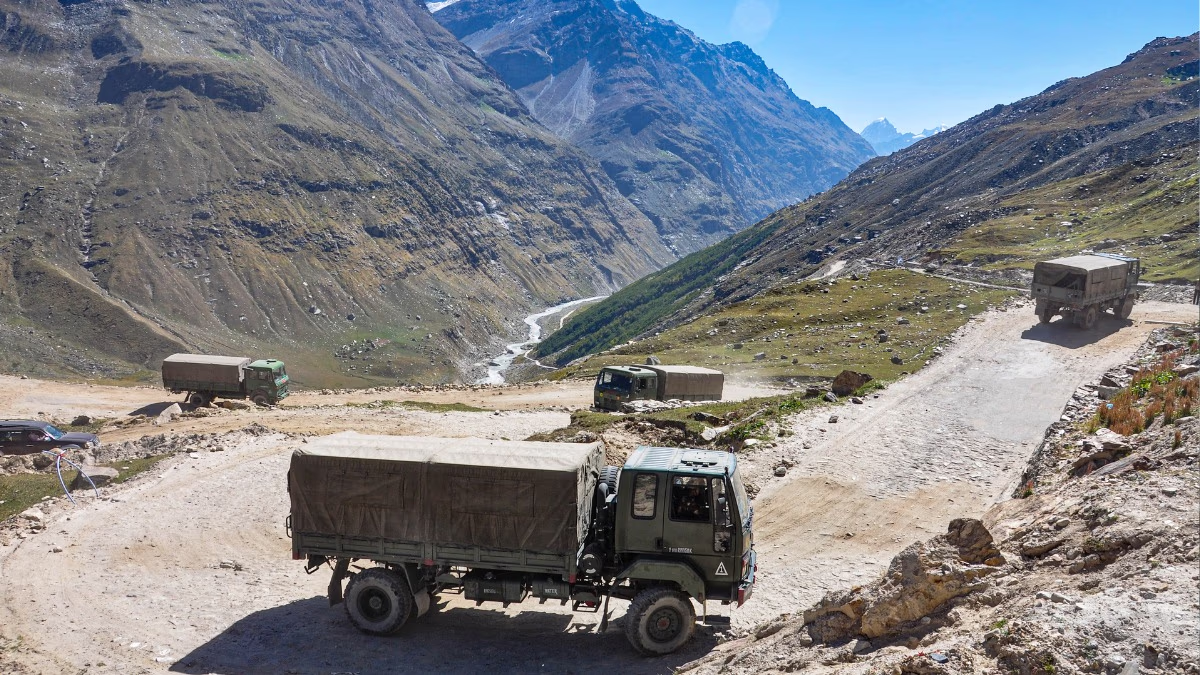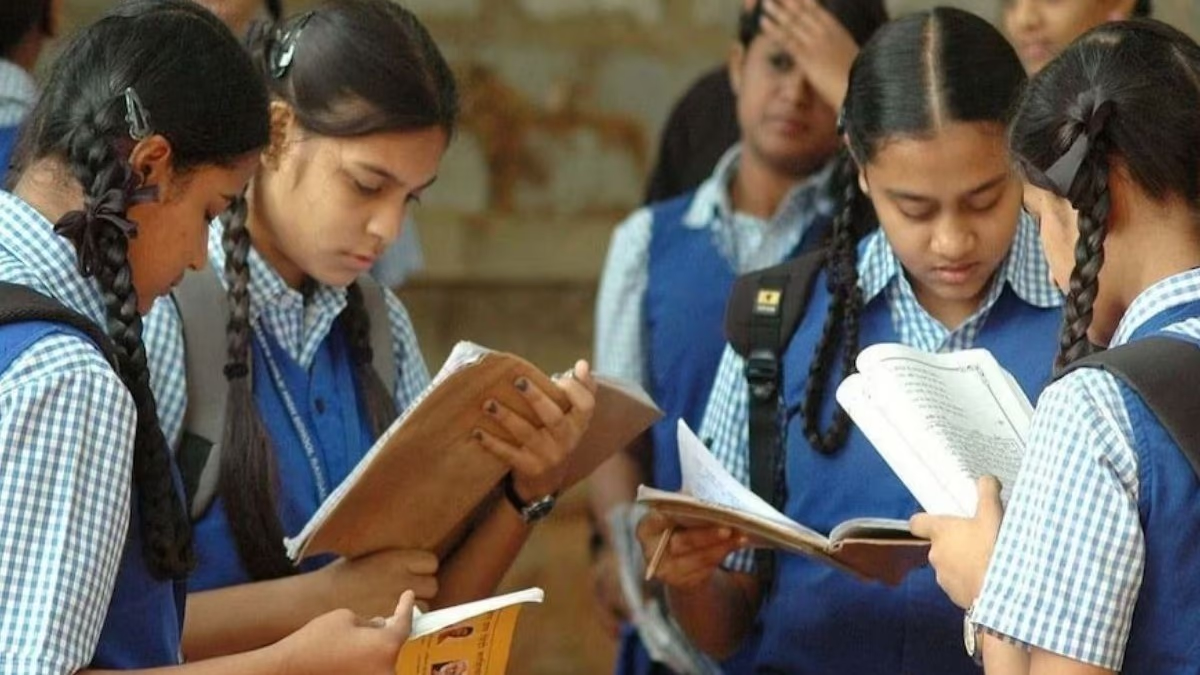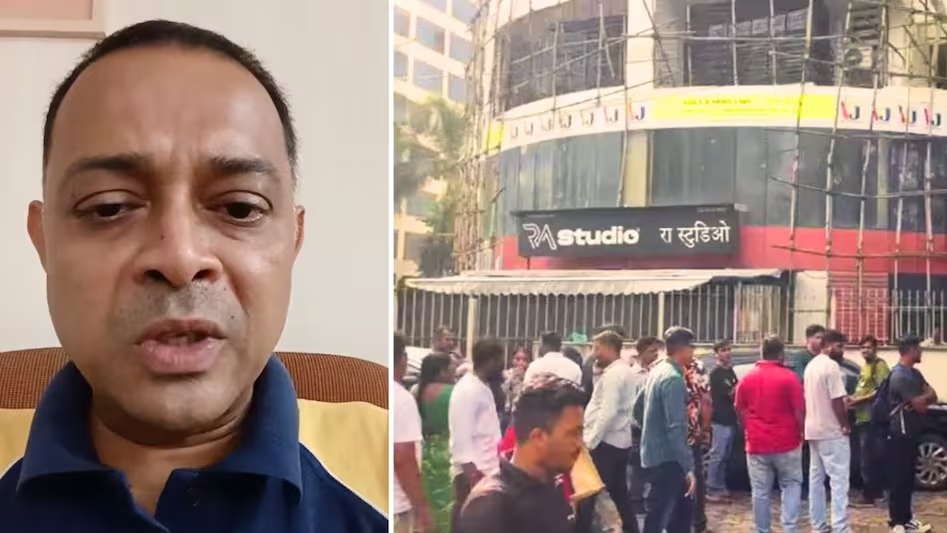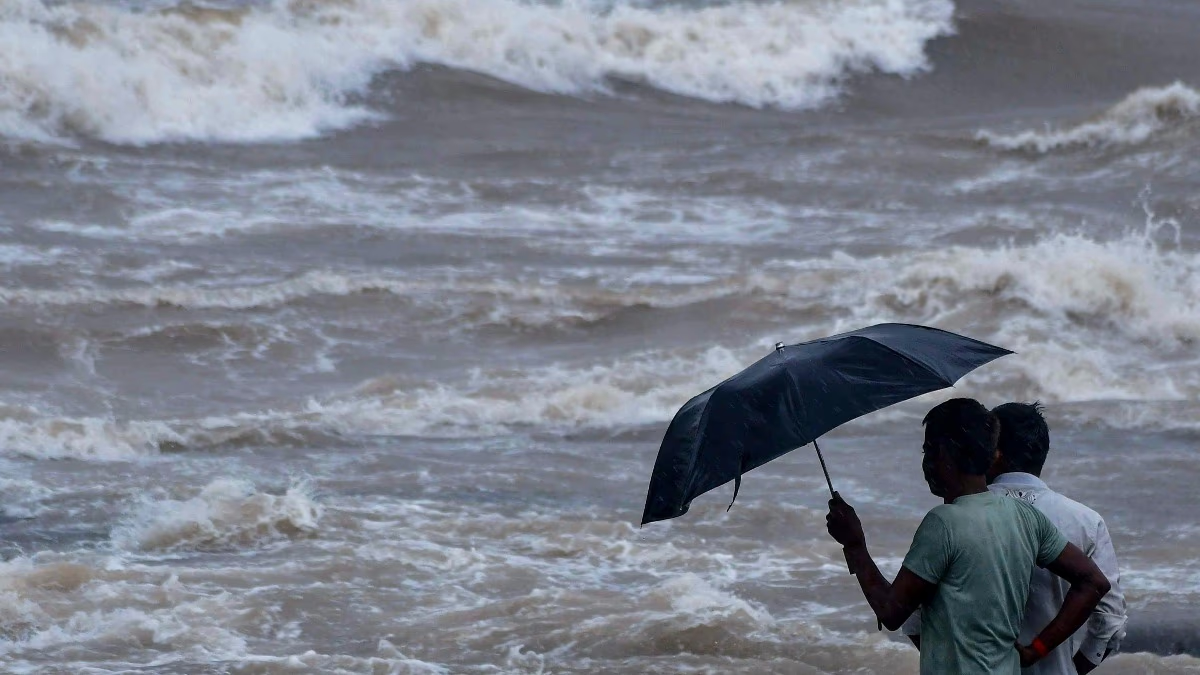The ongoing tension on the India-China border for the past four years is gradually subsiding. Just two days ago, dialogues outside the BRICS summit in Russia's Kazan between PM Narendra Modi and Chinese President Xi Jinping started showing positive effects on the border. India emphasized the importance of resolving mutual disputes and differences amicably during these discussions.
The disengagement process, marking the withdrawal of troops in Eastern Ladakh, commenced post the agreement four days back and the Modi-Xi meeting. Local commanders in Demchok and Depsang are closely monitoring the disengagement process. Meanwhile, significant progress has been made in Demchok, with both sides removing five tents each, and this process is ongoing.
By Thursday night, nearly half of the task was completed. Once all tents and temporary structures are fully removed, a joint verification process, both on the ground and by aerial surveys, will begin. Currently, operations are proceeding based on mutual trust between both parties.
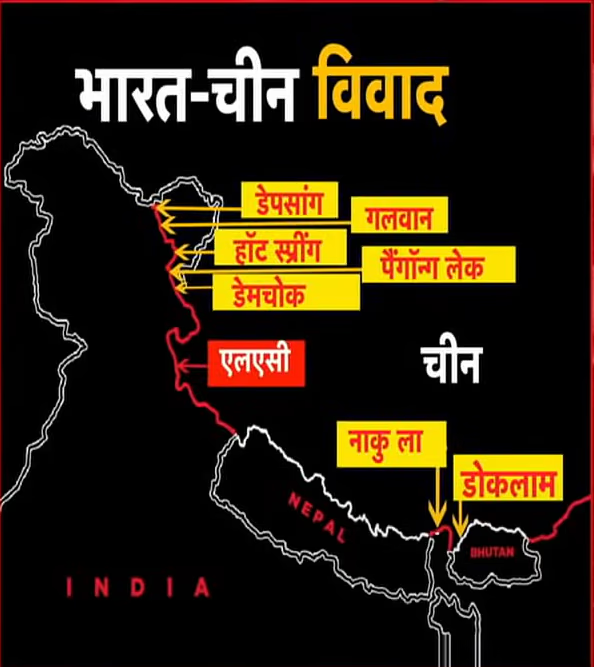
Source: aajtak
Read also:
Retreating Troops from Both Nations
In Demchok, Indian troops are retreating towards the western part of the Charding Nala, while Chinese troops are moving towards the eastern side. On both sides, approximately 10 to 12 temporary structures and about 12 tents are set for removal.
In Depsang, the Chinese army doesn't have tents but has used tarpaulins between their vehicles to create temporary shelters. So far, half of these structures have been dismantled in Depsang. The Chinese army has reduced the number of vehicles in the area, and the Indian army has also decreased some of its troops from there.
Chinese Statement
China has confirmed that following the de-escalation of tension on the India-China border, troop withdrawal in Ladakh has begun. The Chinese Ministry of Foreign Affairs announced that troop withdrawal in Ladakh has commenced post the India-China agreement. The statement highlighted, 'The frontline troops of both sides are smoothly conducting relevant tasks, marking the onset of de-escalation post long-standing discussions.'
22nd Round of Talks to Begin Post Structure Removal
Each morning, local military commanders from both nations engage in hotline calls to discuss the day's planned activities. They meet at designated points once or twice a day. Discussions on four buffer zones, including Galwan, have not yet occurred. Core commander-level talks will focus on resuming patrols in buffer zones once confidence is restored in Demchok and Depsang.
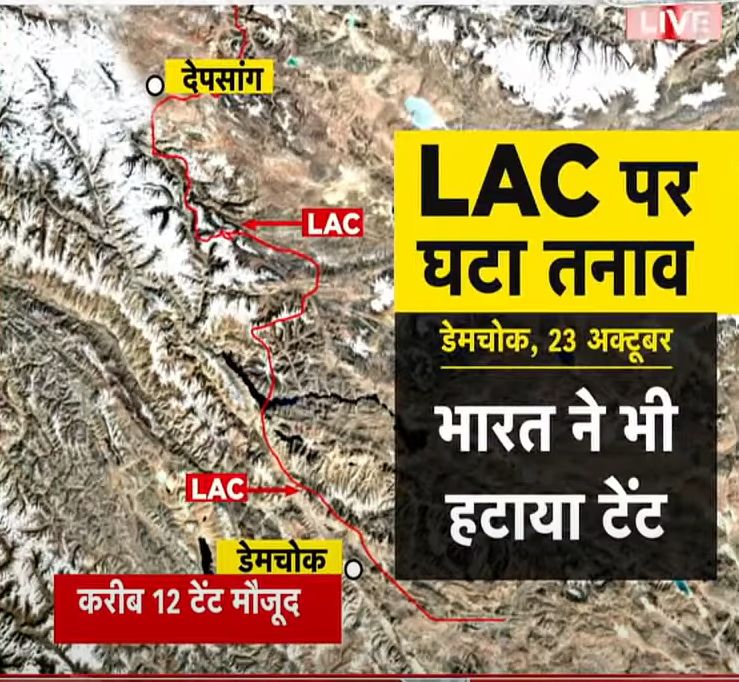
Source: aajtak
Core commander-level talks for the 22nd round are expected once the complete removal of temporary structures and the resumption of patrols happen across Demchok and Depsang plains. No specific date has been set for these high-level discussions.
Read also:
Diplomatic Win
The Ministry of External Affairs announced earlier this month that India and China reached a successful agreement to resume patrols at confrontation sites. This accord was achieved following intense diplomatic efforts and multiple conversations between military commanders. A high-level meeting during the BRICS summit between Indian PM Narendra Modi and Chinese President Xi Jinping further strengthened this success.
During the BRICS summit, both leaders reaffirmed their commitment to border peace and emphasized the need to maintain communication through existing mechanisms to prevent further escalations. The meeting between Modi and Xi is viewed as a crucial step towards reducing tensions.
